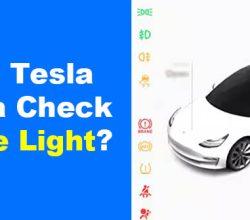The engine and transmission are two essential components of a vehicle that work together to generate power and move the vehicle forward. While both are important, they perform different functions and operate differently. In this article, we will discuss the differences between the transmission and the engine, how they work together, and why they are both important for the functioning of a vehicle.
The Engine:
The engine is the heart of a vehicle. It converts the chemical energy in fuel into mechanical energy that propels the vehicle forward. The engine has several components that work together to generate this energy, including pistons, cylinders, crankshafts, and camshafts.
When fuel is injected into the engine, it is mixed with air and compressed by the pistons. The spark plug then ignites the fuel, causing an explosion that pushes the piston down, which in turn rotates the crankshaft.
This rotation is what generates the mechanical energy that propels the vehicle forward. The engine also has a system of valves that allow air to flow in and out of the cylinders and help control the timing of the fuel injection and ignition.
The Transmission:
The transmission is a complex system of gears and other components that work together to transfer the power generated by the engine to the wheels of the vehicle. The transmission has several gears, each with a different ratio, that allow the engine to operate at different speeds and power outputs depending on the needs of the driver.
When the driver presses the accelerator pedal, the engine generates more power, which is transmitted to the transmission. The transmission then uses the appropriate gear to transfer that power to the wheels. The transmission also has a clutch that allows the driver to disengage the engine from the transmission, which is necessary for changing gears and for idling.
Also Check: why check engine light goes on and off?
Differences between Transmission vs Engine:
The engine and transmission are different in several ways. The engine generates power, while the transmission transfers that power to the wheels. The engine is made up of several mechanical components, including pistons, cylinders, and camshafts, while the transmission is a complex system of gears and other components.
The engine operates differently than the transmission, with fuel and air being mixed and ignited to generate power, while the transmission uses gears and other components to transfer that power.
Importance of Engine and Transmission:
Both the engine and transmission are important for the functioning of a vehicle. Without the engine, there would be no power to propel the vehicle forward. Without the transmission, that power would not be transferred to the wheels, and the vehicle would not move. The engine and transmission work together to generate power and transfer that power to the wheels, allowing the vehicle to move forward.
Also Check: What does CC stand for in an engine?
Conclusion:
The engine and transmission are two essential components of a vehicle that work together to generate power and move the vehicle forward. While both are important, they perform different functions and operate differently.
The engine generates power by converting chemical energy into mechanical energy, while the transmission transfers that power to the wheels through a complex system of gears and other components. Both are important for the functioning of a vehicle, and without either one, the vehicle would not be able to move.



